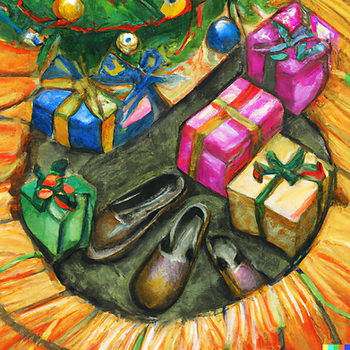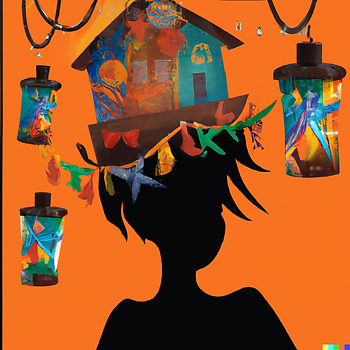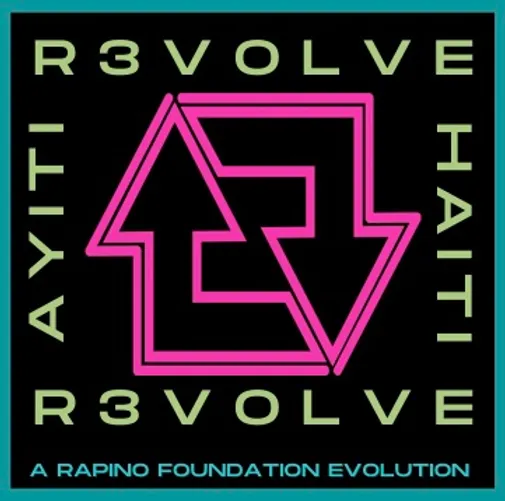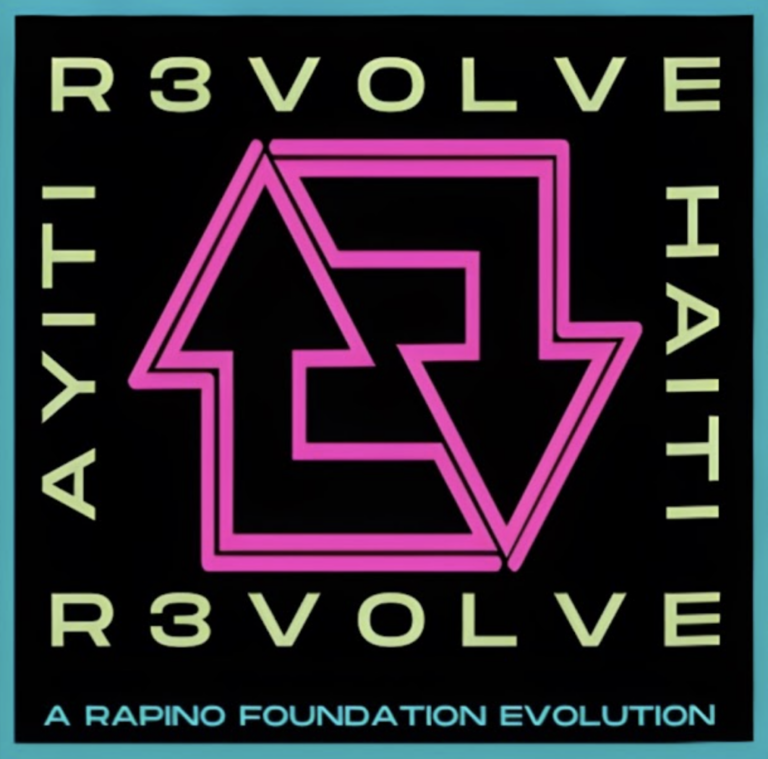Christmas in Haiti is a time of joy, celebration, and religious observance. Many Haitians mark the occasion by attending church services, participating in traditional songs and dances, and decorating their homes and churches with fanals (paper lanterns). One of the most well-known celebrations in Haiti during the Christmas season is Reveillon, which is held on Christmas Eve. “Reveillon” comes from the French word “réveil” which means “waking” and is a time to celebrate the awakening of Christ with a feast, midnight mass, food, music, dancing, and other festive activities that may go on until early Christmas morning.
Christmas just wouldn’t be Christmas in Haiti without spicy Creole meat pies, eaten hot at four in the morning after returning from mass.
Everyone enjoys crispy “griot de porc” served with “banann peze” (chunks of fried plantain), “riz collé ak pwa” (rice and peas, a delicious rice dish that includes numerous kinds of peas and beans, that may include green, red, black, romano or Lima beans), or djon djon rice (made with black mushrooms), alongside pikliz, a kind of local coleslaw and Kremas, a rich drink is like a Haitian version of eggnog
For dessert you’ll usually find a fruit salad with banana, papaya and passion fruit, pineapple upside down cake or orange cake.
Christmas caroling is another popular tradition during the Christmas season in Haiti. Groups of people, often children, will go door-to-door singing traditional Christmas carols. Song and dance are also an integral part of the Christmas celebration in Haiti. People may participate in traditional Haitian dances or sing Christmas carols and other holiday songs.
In addition to these celebrations, Haitian children often play Wosle (similar to jacks) and participate in special plays or performances during the Christmas season. These may be held at schools or churches, and may include traditional Christmas themes or stories. In some parts of Haiti, children enjoy “pi detwal” which are similar to our 4th of July sparklers. Children love to watch the pi detwal light up the darkness of the night. Pi detwal translates to “rain of stars” which is so fitting!
Fanals, or paper lanterns, are a popular decoration in Haiti during the Christmas season. Beginning in early December families will collect boxes to cut into the windows, doors and roofs of their lanterns and light them from the inside with candles or christmas lights giving them a stained glass effect. They are often hung in windows, doors, front porches, and other areas of the home or church.
In wealthier families, children place their shoes, neatly cleaned and filled with straw on the porch or under the Christmas tree on Christmas Eve.

Tonton Nwèl (Uncle Christmas or Santa Clause) is expected to remove the straw and put presents in and around the shoes. Christmas in Haiti is a special time of cheer, reflection, and celebration with friends and family.





